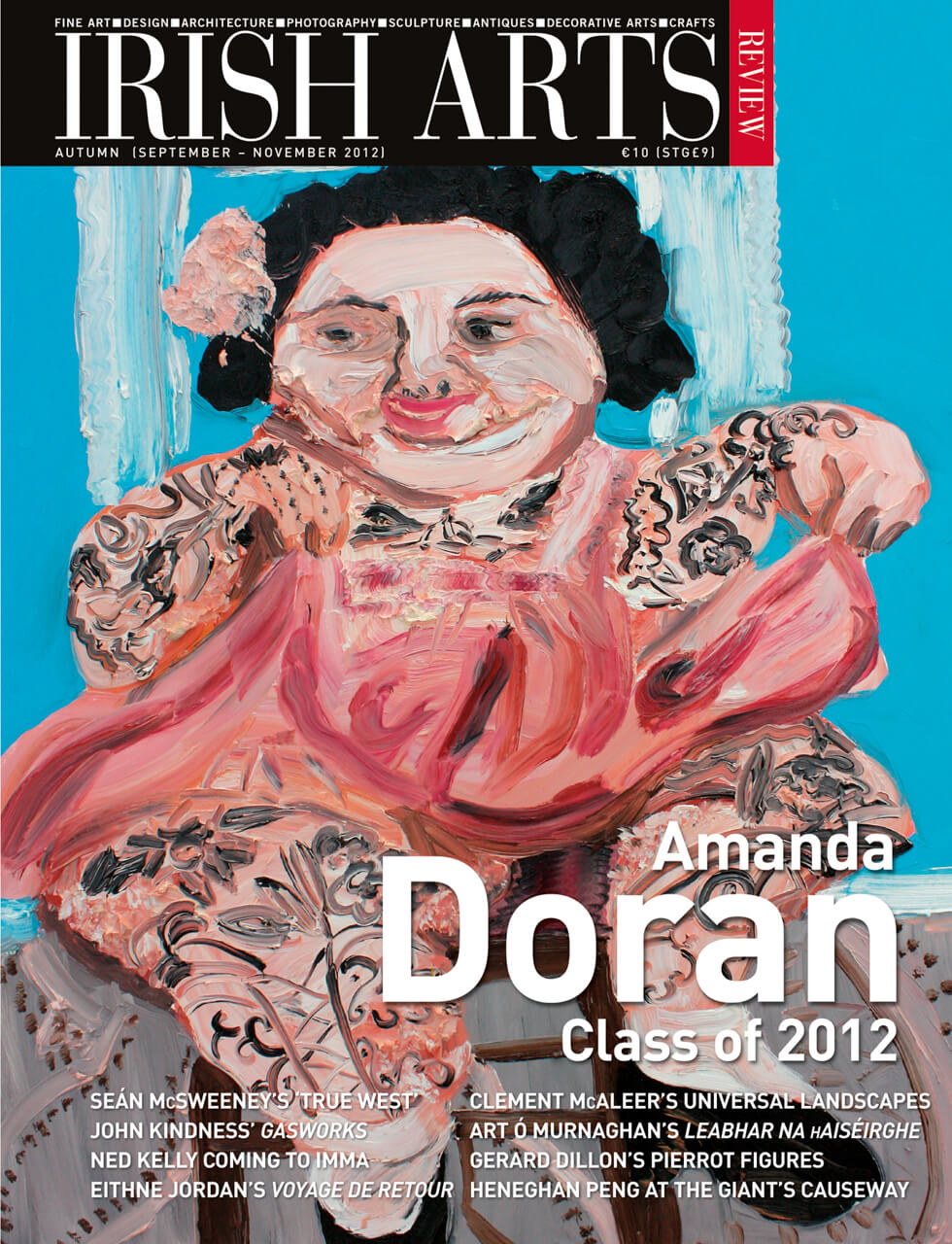

Peter Murray finds similarities between the fictional character Kim and 19th-century photographer John Burke, whose path in Afghanistan, has been retraced by Simon Norfolk
In 1882, Rudyard Kipling travelled to Lahore, to take up a job as a journalist with the Civil and Military Gazette. Three years later, the Irish photographer John Burke set up a studio in that same city, now the capital of Pakistan. Even if they did not meet personally, Kipling was familiar with Burke’s photographs, which included portraits and carte-de-visite, as well as views of the mountain ranges, palaces and temples of North-West India. On 6 December 1886, Kipling reviewed Burke’s photographs of the Viceroy and other dignitaries arriving for the ‘Lahore Gathering’, commenting favourably that Burke’s sitters seemed more at ease than was the case with most portrait photographs. The son of an Irish soldier who died while serving in the Indian army, Burke had been raised an orphan in the 1850s in the border town of Peshawar, where he was apprenticed to a chemist and learned the art of photography. His large plate views, taken in the 1860s for the Indian Archaeological Survey, and later, when he accompanied the 1879 invasion of Afghanistan, were popular in India, and even more so in England, where there was great curiosity about these outposts of Empire. Although he is thought to have come from Co Wicklow, Burke named his house and studio ‘Kinturk’, which may be a reference to Kanturk in Co Cork. Published in 1901, Kipling’s novel Kim, has as its eponymous hero the orphaned child of an Irish Catholic soldier who dies in India, who grows up a self-reliant child in Lahore. While much of the novel is autobiographical, (Kipling’s father was head of the art school and museum at Lahore), the parallels between the fictional hero Kim and Burke are also close. The essence of the novel is the young hero’s search for identity, torn between the Catholic fathers of the boarding school, the Masonic school of the army, the street traders of Lahore, and the spiritual world of the Tibetan Lama. In the end, Kim becomes a spy for the British in Afghanistan, helping to frustrate Russian attempts to win control in that region. In the opening chapter of Kim, the curator of the Lahore museum shows the Tibetan Lama photographs of remote Buddhist temples. Kipling’s literary descriptions are almost certainly based on Burke’s albums. In the 1860s and 1870s, Burke had used the magic of the albumen print to record these temples, and also to win the respect of Afghan and Punjabi tribal chieftains, who marvelled at the power of the large brass and mahogany camera to record their bearded faces and impressive costumes. Burke’s abilities were also recognized and applauded by Anglo-Indian officers and administrators, and so he carved out a unique position for himself, moving easily amidst competing cultures obsessed with race and caste, in a manner not dissimilar to the fictional hero Kim. The argument has been made that because of Burke’s Irish Catholic background, he was able to remain somehow apart from the colonial ‘gaze’, and record tribal chieftains on terms of equality with Anglo-Indian officers and administrators in portraits that would have been unthinkable for an English photographer. This may be true, but the few images that do exist of Burke show him sporting the tropical suit and pith helmet, typical of the English 19th-century explorer. Burke was by no means unique in his background; Irish participation in the conquest and governance of colonial India was extensive. The first, ill-fated, invasion of Afghanistan had been led by an Anglo-Irish general, John Keane, whose family hailed from Cappoquin, while Frederick Roberts, whose family were also from Co. Waterford, led the second invasion four decades later. It was on this second campaign that Burke made his lasting mark as a photographer; he accompanied Roberts’ armies as a semi-official war artist, recording the people, cities and landscapes of a region that today remains a grim arena for such ill-fated military adventures. Burke’s re-discovery by Omar Khan, author of From Kashmir to Kabul, and more recently his championing by contemporary photographer Simon Norfolk, gives pause for thought, as his powerful images of Afghanistan in 1878-80 are shown alongside recent images taken by Norfolk, who has followed in the pioneering Irish photographer’s footsteps, recording those same cities, peoples and landscapes a century later. Norfolk spent over a year tracing Burke’s travels, and the contrasts, and comparisons, between his photographs of the people and landscapes of Afghanistan in 2011, and those taken by Burke in the late 19th century, are a witness to heroism, devotion to duty and to the folly of imperialism.
Peter Murray is Director of the Crawford Art Gallery, Cork.
From the IAR Archive
First published in the Irish Arts Review Vol 29, No 3, 2013



